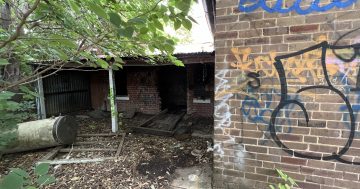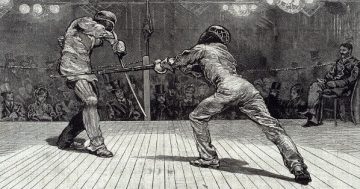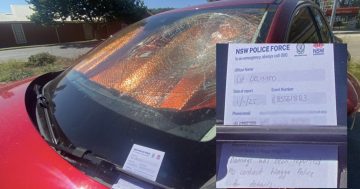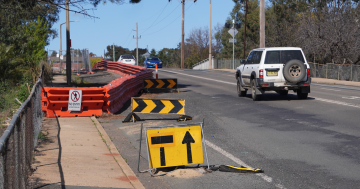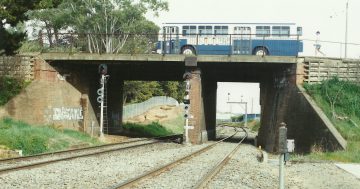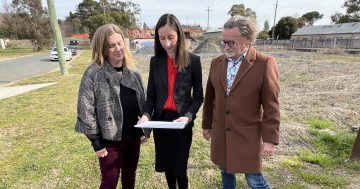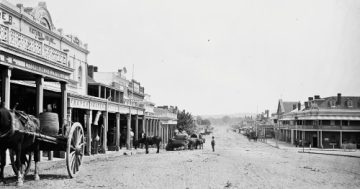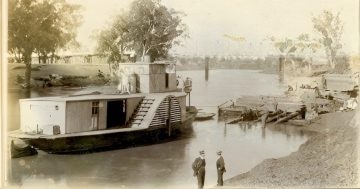
Harry Berkeley Fitzhardinge was tragically killed on Wagga’s railway tracks. Photo: Chris Roe.
In April of 1893 the nation was shocked and the Wagga Wagga community plunged into mourning ofter a horror railway accident that claimed the life of one of the city’s leading citizens.
Mr Harry Berkeley Fitzhardinge was a well known and respected solicitor who had practised in Wagga for 27 years.
Fitzhardinge served on the city council for 17 years, four times as mayor, was the founding captain of the local infantry company and took a leading role on boards and committees across the region.
On the Saturday night of 8 April, about 9:30 pm, it seems that Fitzhardinge had been making his way from Wagga’s CBD to his home on the southern side of the tracks.
As was his habit, Fitzhardinge made to cross the rails about 50 metres east of the Wagga Railway Station at an often used, but unofficial, pedestrian crossing.
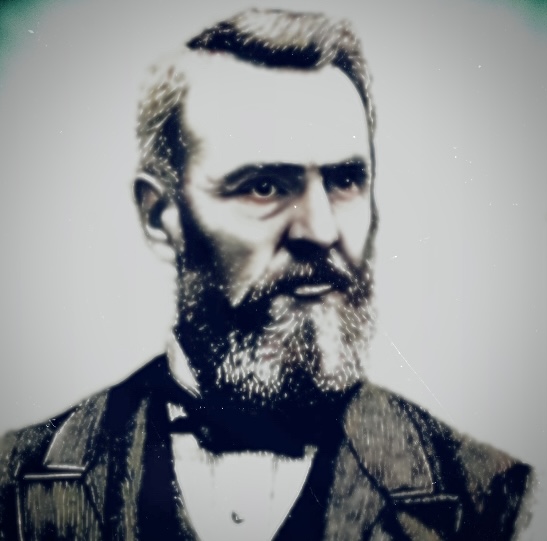
An enhanced illustration of former Wagga mayor Harry Berkeley Fitzhardinge. Photo: Original portrait published in the Sydney Mail and New South Wales Advertiser.
According to the Goulburn Evening Penny Post, he was “struck on the right shoulder by the buffer of a tubular double bogie truck, which span him round. He fell backwards, his head falling on the rails. The wheels passed over him, completely crushing his head.”
The driver later testified that, as the truck was placed in front of the engine, it would have been hard to tell in the dark whether it was travelling towards or away from the unofficial crossing.
Fitzhardinge’s decapitated body was not discovered until around 10:30 pm when a man named Cohen found the corpse laying by the rails in a horrific condition.
The Singleton Argus reported that the head was “severed below the level of the nose whilst blood and brains were spread over the ground near the spot. The left arm had also been lacerated, and the right arm broken in three places. Death must have been instantaneous”.
Despite being a well known figure, even his friends were unable to initially identify the former mayor and “identification was first established by means of his gold watch, which was presented by his friend, Mr George Coleman, some years ago, and which was found on the body”.
The truck which ran him over was “loaded with girders, and was added to the paper train”. On inspection, blood and hair were found on the second wheel and it was deduced that this was the one that ran over the deceased’s head.
His wife, two sons and a daughter were away in Sydney at the time of the tragedy.
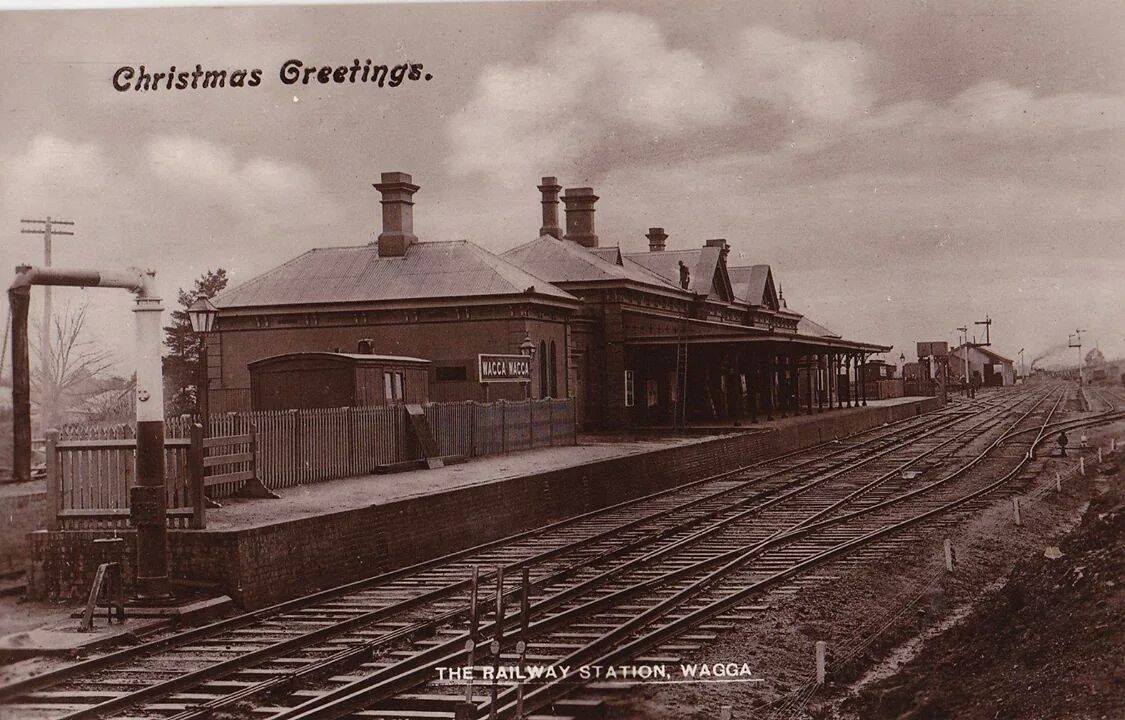
A postcard depicting Wagga Railway Station around the time of the accident, looking east towards where the body was found, Photo: WWDHS.
An inquest was held in the following days, presided over by police magistrate Henry Baylis.
It was found to have been an “accidental death” and the Daily Telegraph reported that the jury had called for the dangerous crossing to be addressed.
They noted that it appeared to be “the only convenient crossing available for pedestrian traffic” and was “fraught with great danger”.
In the interest of public safety it was suggested that the railway commissioners should, “without delay, give their attention to the question of connecting both sides of the railway line by an overhead bridge”.
More than 1000 local residents attended the funeral and “the procession was about a mile in length. It was headed by a band playing the Dead March, and included the local company of infantry, of which the deceased had been captain since its formation. The coffin was covered with wreaths surmounted by a helmet and sword. Then followed over 120 vehicles, a number of horsemen, and pedestrians to the number of between 700 and 800″.
Fitzhardinge Street, where the new PCYC stands today, was named in his honour. Intriguingly, if you follow the line of the street south across Edward Street for another 100 metres, you will find yourself at almost the exact place on the railway line where the incident occurred.







